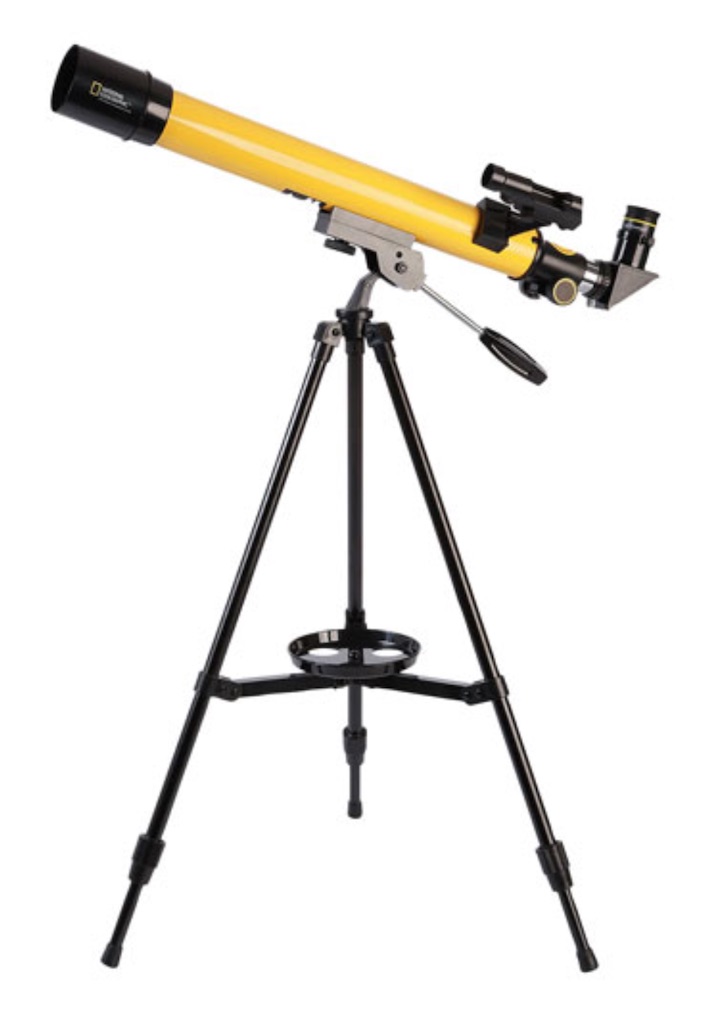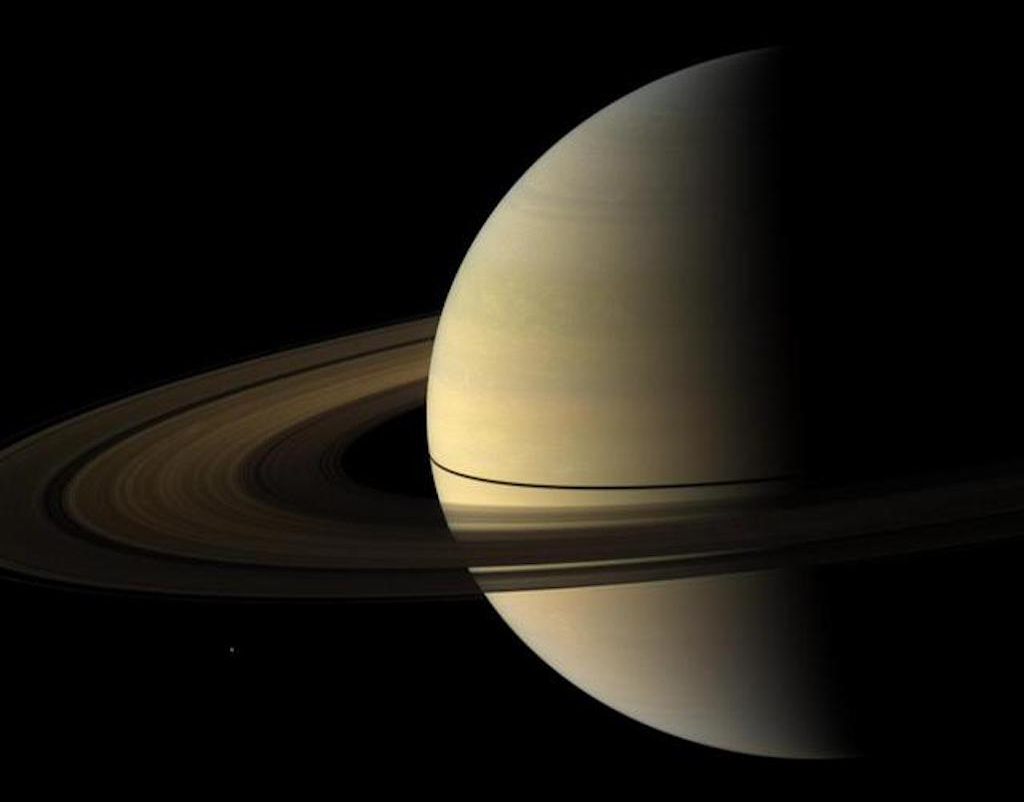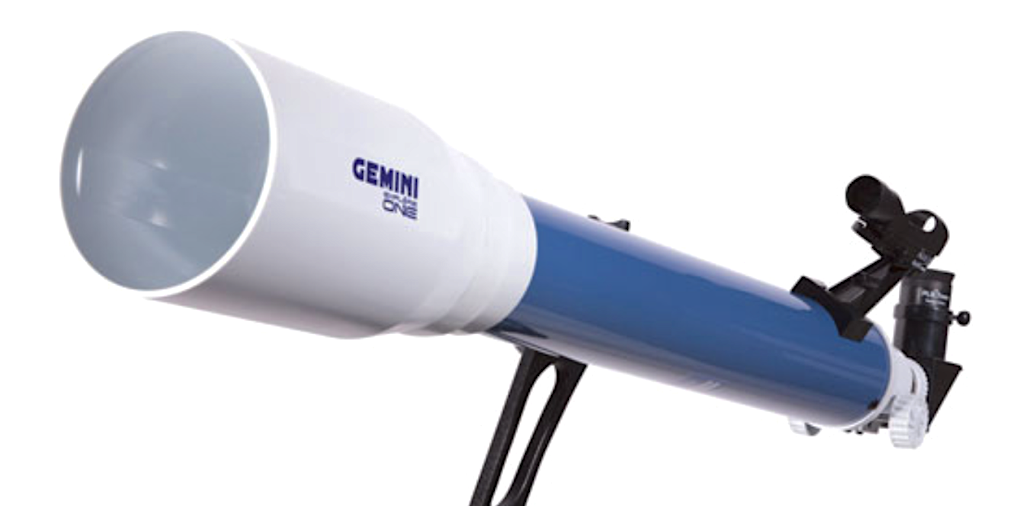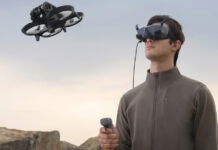 (Image courtesy NASA)
(Image courtesy NASA)
Today we look to the skies to see what interesting astronomical events are taking place in the remainder of 2021, and how we can go about enjoying them with a brand new Telescope. But before we get into this year’s remaining celestial events, let’s begin with a brief look at a couple of great entry-level telescopes. Once we’ve done that, we’ll check out some of the key remaining dates on the 2021 astronomical calendar.
But do keep in mind that there’s a whole lot more happening up there than I can include in this blog, so a little research of your own could uncover some other amazing events that won’t make this list. If the list is the part that interests you the most, you can just skip ahead to that section now. Otherwise, let’s get right into it with out first telescope selection.
Great entry level Telescopes
 The first example I want to consider is the National Geographic 50 x 600mm Refractor Telescope. This inexpensive refractor is great for amateur and beginning astronomers thanks to its low entry-level cost and great features like a red-dot LED viewfinder that makes finding specific celestial objects a breeze. It also comes with a star map and special downloadable software that will help you with your astronomical pursuits by providing heaps of useful information about the night sky.
The first example I want to consider is the National Geographic 50 x 600mm Refractor Telescope. This inexpensive refractor is great for amateur and beginning astronomers thanks to its low entry-level cost and great features like a red-dot LED viewfinder that makes finding specific celestial objects a breeze. It also comes with a star map and special downloadable software that will help you with your astronomical pursuits by providing heaps of useful information about the night sky.
More technical specs include a 50mm aperture and 600mm focal length, as well as 26mm and 9.7mm Plössl eyepieces. With all of this in one low cost package, anyone today can become an amateur astronomer and enjoy 23x-62x magnification of their favourite stars and planets.
Another excellent model (and also a refractor, or light-bender) is the Bushnell Tasco Luminova 60x660mm Refractor Telescope. This model offers a ton of excellent features in one lightweight design. Key specs include a 60mm aperture, an 800mm focal length, an adjustable aluminium tripod, an Alt-Azimuth Mount with slow motion controls, and a highest practical magnification of 118x.

Many other useful features round out this model’s capabilities, such that you’ll enjoy a multitude of spectacular sights if you close to stargaze through this light-bending beauty. Though slightly more expensive than the previously discussed model, this too is well within reason for most people in terms of their astronomy budget.
Key astronomical events in 2021
Before we get into some of the key astronomical dates for the remainder of 2021, I have a quick disclaimer to share. Since many astronomical events are only visible from certain parts of the Earth at certain times, I can’t guarantee that anything from this list will be visible from your specific area. Even so, it’s fun to get an idea of what’s going on out there in space so you can begin planning your own personal astronomical calendar for the future. Further research will help you to determine what might be visible from your specific location. Note: I’ve tried to select one key event per month for the remainder of 2021, though there are actually many more events than that coming up this year.
Here’s what we’ve got:
June 10: New Moon – You might not think there would be all that much to see on a New Moon. After all, the Moon is on the same side of the Earth as the Sun and therefore is not visible in the nighttime sky. However, that is exactly why a New Moon is great for astronomers. Without the Moon’s light pollution drowning out faint objects in the sky, everything is much darker and more faint objects can shine through.
 (Image courtesy NASA)
(Image courtesy NASA)
July 29: Delta Aquarids Meteor Shower – Here’s a show that’s expected to bring as many as 20 meteors/hour when it peaks in late July. The entire shower, which runs from July 12 to August 23, is caused by debris from the Marsden and Kracht comets. Unfortunately, light pollution from the Moon will block many faint meteors this time around, but that’s no reason not to get out there and start looking up with your telescope for the good ones. Patience is key if you want to see some of the best examples. I would suggest finding a good, dark, and comfortable location to watch from. Then just hunker down with a few like minded friends and enjoy the show. Keep an eye toward the constellation Aquarius for the best viewing opportunities.
August 2: Saturn at Opposition – To me, Saturn is probably the most interesting planet in our solar system thanks to its beautiful rings. On August 2nd, Saturn will make its closest approach to Earth this year, and it will be “full” in the same sense that the Moon is sometimes full. In other words, its face from our perspective will be fully illuminated by the Sun, meaning it will be super bright and easy to see (at least relatively speaking). It will also be visible all through the night, which makes this an amazing opportunity to see (and photograph) Saturn and its wondrous features. For instance, a medium sized telescope will afford you the opportunity to see both its moons and its rings.
September 14: Neptune at Opposition – Neptune is quite possibly the prettiest planet we have. Its blue hues will be visible in full opposition to the Sun on September 14th, meaning you can get a great view (and photos) of the gas giant as it has its closest approach to the Earth all year. This is the brightest it’ll be in 2021, and it’ll be out and visible all night long. However, it is very far away, so seeing it will require a powerful telescope. Even then it will only be seen as a small blue dot in the night sky. Don’t miss it!
 (Image courtesy NASA)
(Image courtesy NASA)
October 14: Mercury at Greatest Western Elongation – On October 14, Mercury will be at its greatest western elongation of the year (18.4 degrees from the Sun), meaning it will reach its maximum height above the horizon for all to see. Point your telescope toward the east and look low in the sky just a little bit ahead of sunrise.
November 19: Partial Eclipse of the Moon – On this date the Moon will somewhat darken when it passes partially through the shadow of the Earth. This eclipse should be visible from most parts of North America and should be fun to witness and learn about. Get your telescopes ready!
December 19: Full Moon – While not the most interesting time to view the Moon, this event will certainly give astronomers amateur and professional a good chance to see the Moon head on. I once took such an opportunity to view and draw a full Moon using the massive telescope at the Burke-Gaffney Observatory atop the 22 storey Loyola residence building at Saint Mary’s University in Halifax. I did so as part of an astronomy assignment for a class, and it was a really interesting experience. I had booked the telescope on a full Moon on purpose to better see my target, but later I learned from my professor that it would have been even more fun to view a half Moon (or some other partial fragment) as shadows cast by the crater edges would have made for more interesting viewing and illustrations. Oh well, just let that be a lesson to you—the Moon is a fun and interesting target for your telescope at pretty much any time!

So, there you have it, a couple of fine telescopes, and a number of exciting astronomical events coming up in 2021. I’m certainly no expert on astronomy, but I do enjoy the night sky and am pleased to let you know that soon I’ll be reviewing a couple of cool telescopes right here on the Best Buy Canada Blog. So stay tuned!
Now get your gear ready and get out there and enjoy these amazing sights!



